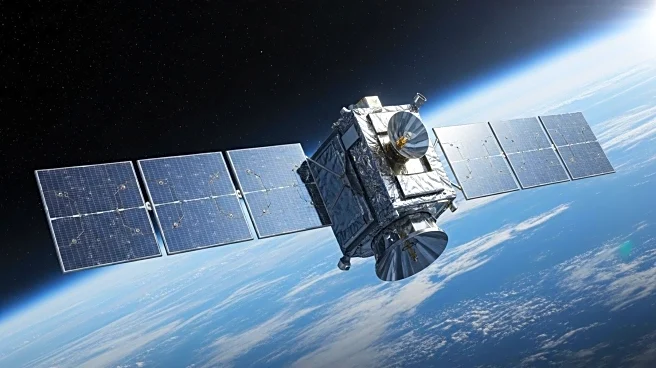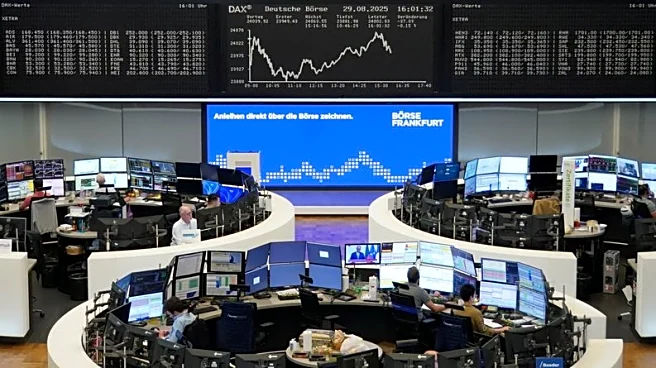What's Happening?
South Korea's SI Imaging Services has announced a contract to lease the capacity of its Earth-observation satellite, SpaceEye-T, to an undisclosed European customer. The contract is valued at over 10 million euros, approximately $11.7 million. SpaceEye-T, which offers a native resolution of 25 centimeters per pixel, was launched into orbit in March via a SpaceX Transporter-13 rideshare. The satellite is owned and developed by Satrec Initiative, the parent company of SI Imaging Services. This lease agreement is part of the growing trend of the Satellite-as-a-Service model, which provides advantages in data accessibility and security. According to SI Imaging Services CEO Moongyu Kim, the agreement demonstrates international trust in SpaceEye-T and marks a significant step in aligning with global space industry trends.
Why It's Important?
The lease of SpaceEye-T to a European customer highlights the increasing demand for satellite imagery and data services globally. The Satellite-as-a-Service model allows customers to access satellite capabilities without owning the satellite, offering flexibility and cost-effectiveness. This trend is significant for industries that rely on real-time data for decision-making, such as agriculture, urban planning, and environmental monitoring. The deal also underscores the competitive nature of the space industry, where companies are innovating to meet the growing demand for high-resolution imagery and secure data services. SI Imaging Services' success in securing this contract may encourage other companies to adopt similar business models, potentially reshaping the satellite services market.
What's Next?
As the Satellite-as-a-Service model gains traction, more companies may explore leasing satellite capacity to meet their data needs. SI Imaging Services is likely to continue promoting SpaceEye-T's capabilities to attract additional customers. The success of this agreement could lead to further collaborations between satellite service providers and international clients, expanding the reach of satellite technology. Additionally, advancements in satellite technology and data encryption may enhance the security and reliability of these services, making them more appealing to a broader range of industries.













